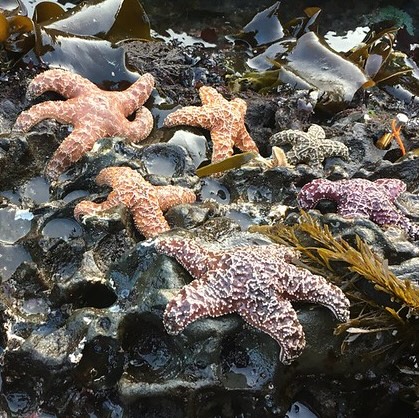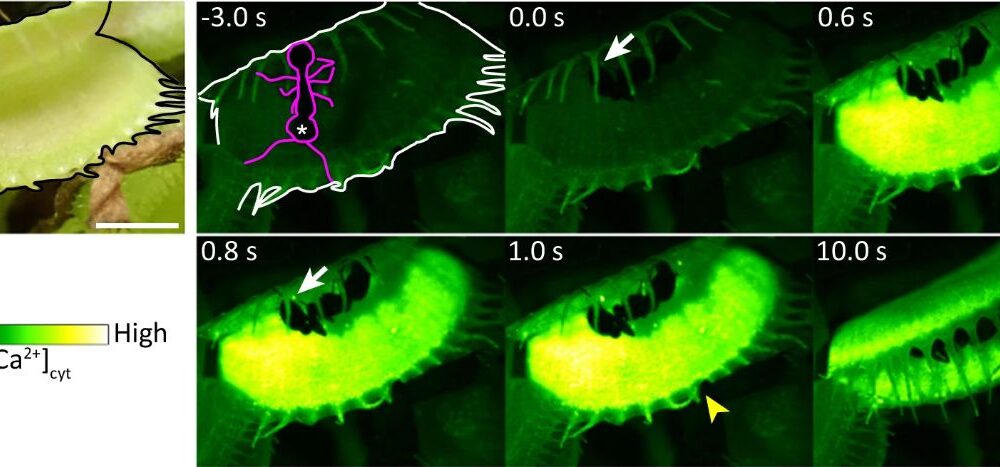CORVALLIS, Ore. – New research indicates that the ochre sea star population along the Oregon Coast is showing signs of recovery following a significant decline a decade ago. A study conducted by scientists from Oregon State University and Cal Poly San Luis Obispo, published in the journal Ecosphere, highlights a notable rebound in the species, particularly driven by a surge of young sea stars, referred to as “baby boomers.”
The research does not establish a direct link between this resurgence and the devastating wasting disease that once threatened the ochre sea star with extinction. Instead, it presents a complex picture of recovery that involves various factors. According to Sarah Gravem, the study’s lead author and now an assistant professor at Cal Poly, “Wasting disease remains in circulation and populations continue to fluctuate, but there’s also much evidence that ochre sea stars are bouncing back.”
Longitudinal Study Reveals Population Growth
Gravem and her colleague, Bruce Menge, a distinguished professor of integrative biology at Oregon State University, analyzed data from eight sites along the coast over a 23-year period. Their findings show that many young sea stars have reached adulthood, with population numbers now at or exceeding levels recorded before the wasting disease outbreak.
“After declines in sea star numbers of up to 84% in 2014, we quickly saw an 8,000% increase in young sea stars landing on shore,” Gravem noted. This increase is significant as it suggests that the ochre sea stars are on the path to resuming their critical role as a keystone predator in the intertidal ecosystem. At approximately three-quarters of the study sites, predation on California mussels has rebounded, which in turn supports biodiversity in the area.
Mussels are vital to intertidal ecosystems, as their beds create habitats for various marine species. The recovery of the sea stars helps prevent mussels from dominating these environments, allowing for a more balanced ecosystem where other invertebrates and seaweeds can thrive.
Ongoing Challenges and Uncertainties
Despite these positive developments, challenges remain. The average body sizes of the sea stars are still reported to be between 25% and 65% smaller than they were before the epidemic at all but one location. Additionally, the populations across the Oregon Coast are exhibiting greater fluctuations from year to year compared to their pre-epidemic stability.
This instability may be attributed to continuous recruitment of young sea stars combined with sporadic outbreaks of wasting disease, which have yet to be fully understood. The connection between the initial decline and the population boom is still a subject of investigation. “It’s certainly possible they are linked, which would mean these sea stars may be resilient to mass mortality events,” Gravem explained.
Wasting disease, caused by a strain of the bacterium Vibrio pectenicida, leads to lesions and deformities in sea stars, often giving them a morbid appearance. The cause of this disease was only recently identified through collaborative efforts from researchers at the University of British Columbia, the University of Washington, the U.S. Geological Survey, and the Hakai Institute, whose findings were published in the journal Nature Ecology & Evolution.
The ongoing research into the recovery of the ochre sea star population is critical. It offers insights not only into the resilience of marine species in the face of disease but also highlights the importance of biodiversity in coastal ecosystems. As scientists continue to monitor these populations, the findings may inform conservation strategies and environmental management practices aimed at protecting these vital organisms.







